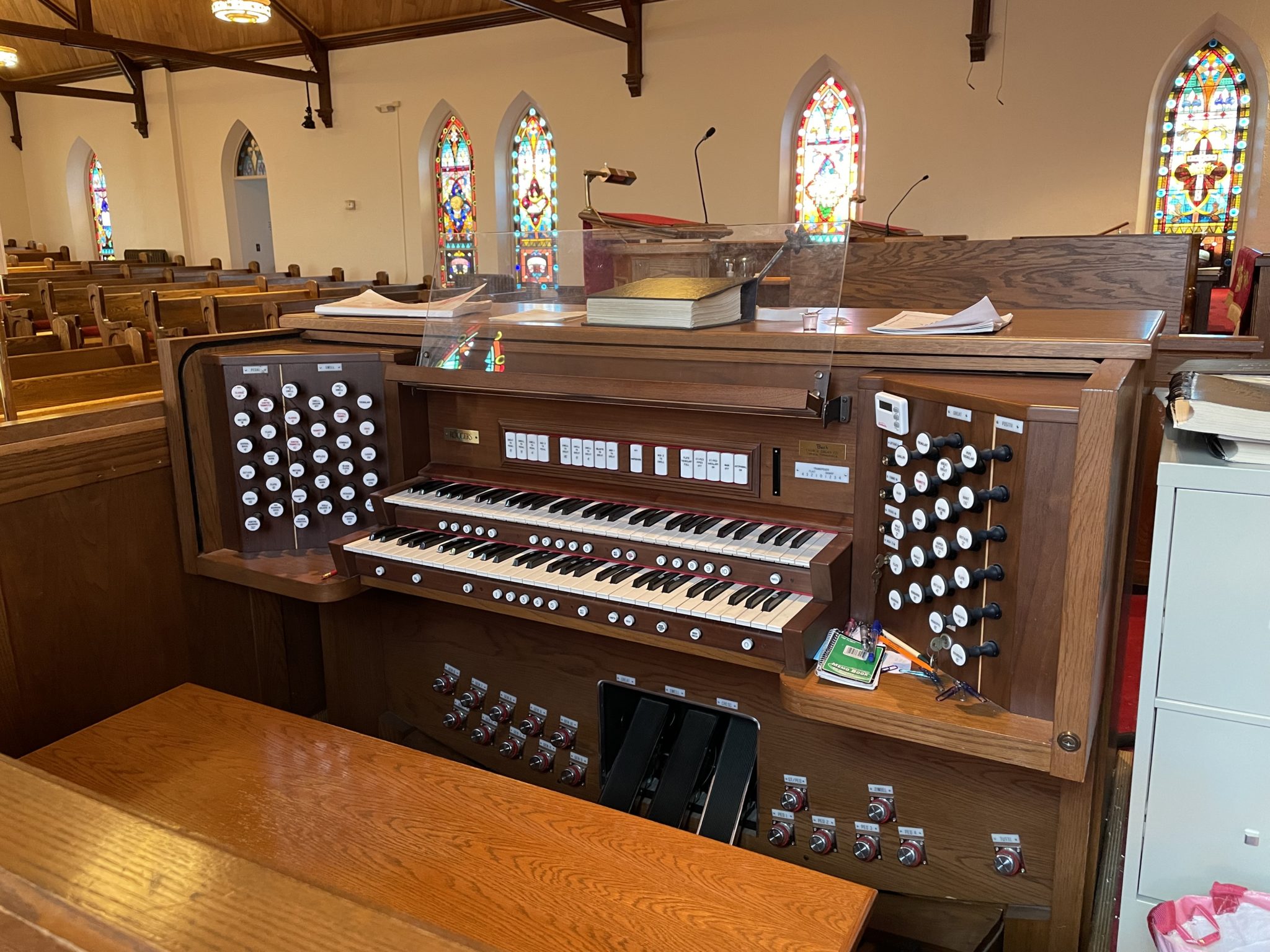
 Rita Sloan (University of Maryland, Director of Collaborative Piano Program). Alex Maynegre-Torra (Staff Accompanist, University of Texas – Austin Butler School of Music) Mark Livshits (Franklin and Marshall College, University of Delaware) Warren Jones (Manhattan School of Music Collaborative Piano Faculty). In this piece, you’ll be hearing from the following experts: In this piece, we use the term “Accompanists” and “Collaborative Keyboardists” interchangeably simply because some readers are more familiar with the older term.) (Note: “Collaborative Keyboardists” is the term preferred by those in the profession. Their work may find them accompanying ballet or theatrical rehearsals, backing performers for auditions, or performing with small chamber groups. Accompanists work with a wide range of people–from church organizations to schools and individual performing artists–so their employment network often contains Choir Directors, Opera Singers, University Music Teachers, students, and musical theatre Actors. They work hard behind the scenes and on stage to make the music shine for each and every rehearsal and performance.įreelance Accompanists also end up doing a lot of administrative work in order to find new clients and coordinate with existing clients for rehearsals and performances. Nonetheless, Collaborative Pianists must have superior skills and talent, be familiar with a wide range of repertoire and musical styles, be able to sight-read and learn new music quickly, enjoy making music with other people, and be able to travel.Ĭollaborative Pianists usually work as freelancers, but there are also salaried staff positions available in schools, community choirs, orchestras, and churches. Performing as a Collaborative Pianist is very different from performing as a soloist, since the focus is on playing music together with a group and usually in a supportive role. In ensembles of all sizes, collaborative Pianists can serve in both a support role and as an integral part of the group. Today, Accompanists who play the piano generally prefer to be called a “Collaborative Pianist” or “Collaborative Keyboardist,” since they will often perform as part of a group, for example in an orchestra or a chamber ensemble.
Rita Sloan (University of Maryland, Director of Collaborative Piano Program). Alex Maynegre-Torra (Staff Accompanist, University of Texas – Austin Butler School of Music) Mark Livshits (Franklin and Marshall College, University of Delaware) Warren Jones (Manhattan School of Music Collaborative Piano Faculty). In this piece, you’ll be hearing from the following experts: In this piece, we use the term “Accompanists” and “Collaborative Keyboardists” interchangeably simply because some readers are more familiar with the older term.) (Note: “Collaborative Keyboardists” is the term preferred by those in the profession. Their work may find them accompanying ballet or theatrical rehearsals, backing performers for auditions, or performing with small chamber groups. Accompanists work with a wide range of people–from church organizations to schools and individual performing artists–so their employment network often contains Choir Directors, Opera Singers, University Music Teachers, students, and musical theatre Actors. They work hard behind the scenes and on stage to make the music shine for each and every rehearsal and performance.įreelance Accompanists also end up doing a lot of administrative work in order to find new clients and coordinate with existing clients for rehearsals and performances. Nonetheless, Collaborative Pianists must have superior skills and talent, be familiar with a wide range of repertoire and musical styles, be able to sight-read and learn new music quickly, enjoy making music with other people, and be able to travel.Ĭollaborative Pianists usually work as freelancers, but there are also salaried staff positions available in schools, community choirs, orchestras, and churches. Performing as a Collaborative Pianist is very different from performing as a soloist, since the focus is on playing music together with a group and usually in a supportive role. In ensembles of all sizes, collaborative Pianists can serve in both a support role and as an integral part of the group. Today, Accompanists who play the piano generally prefer to be called a “Collaborative Pianist” or “Collaborative Keyboardist,” since they will often perform as part of a group, for example in an orchestra or a chamber ensemble. 
In modern contemporary popular styles, including jazz, Accompanists might be musicians playing other instruments like drums and bass in a rhythm section or as a backup band for a Singer. While most Accompanists play the piano, there are also Accompanists who play other instruments, such as guitar or harp. Be confident enough to provide those as well as your musicianship.Accompanists play music for and with Singers and instrumentalists in lessons, rehearsals, juries, recitals, concerts, and on recordings. Inexperienced players often require extra support and reassurance with nerves. You may be expected to give musical advice to your soloist so ensure you have a clear understanding and knowledge of the relationship between your part and their part so that you are able to advise accordingly, should this be required. Remember your role as a supportive musician. If they are prepared you should not require as much rehearsal time. It may be useful to consider your preparation time when setting your fee- for example, if you have played the work/s, etc.īase the number of rehearsals upon the candidate soloist’s requirements. Incorporate any travel, parking and waiting/warm up time into fee.Įnsure all terms of the job are in writing specifically performance date/time/venue cost of rehearsals, cost of performance, number of suggested rehearsals as well as the list of repertoire required. Last minute engagements have the potential to be sloppy due to insufficient preparation time so be realistic about taking on a project and charge accordingly. Ensure adequate preparation time allowing to practice sufficient number of rehearsals.






 0 kommentar(er)
0 kommentar(er)
